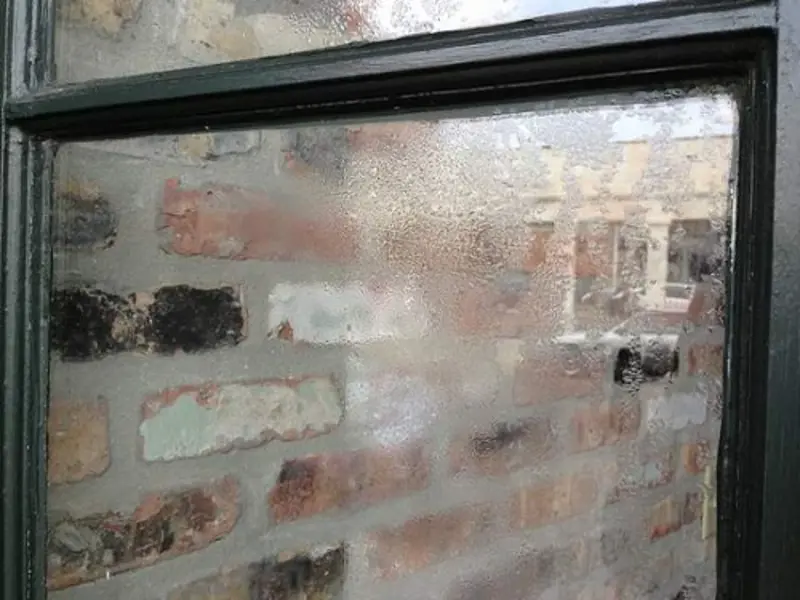
What You Need to Know About Condensation on New Windows
Seeing condensation on a window, even a new one, shouldn’t immediately cause concern. Condensation is a natural result of water vapor in the air meeting a cold surface and condensing. That said, it's important to monitor the situation as excessive moisture accumulation near your window sills can lead to water damage, mold, or mildew.
Identifying Condensation Sources
Three different types of condensation form on windows, with only one type typically indicating a new window failure. Understanding the "why" of condensation on your new windows is crucial in determining if action is necessary. Below, we outline the most prevalent forms of window condensation and how to recognize them.
Exterior Window Condensation
Condensation on the exterior of your windows arises when humidity levels are elevated, accompanied by a high dew point—the temperature at which the air becomes fully saturated with moisture. When the air's moisture content is high, it often accumulates on the cooler surface of glass. This type of condensation is particularly common in shaded areas where windows remain cooler. Additionally, window moisture may result from external sources like sprinklers or rainfall.
Since windows are engineered to prevent water intrusion into your home, exterior condensation typically doesn't require intervention.
Interior Window Condensation
Interior window condensation occurs under the same conditions as its exterior counterpart, with high indoor moisture levels meeting cold glass surfaces. Occasional condensation is normal and can even indicate that your windows' insulation and sealing are effectively retaining indoor humidity. You might notice this near areas with high moisture production, such as kitchens or bathrooms, especially during cooking or showering activities. Humidifiers can also contribute to this effect. However, if you find yourself frequently wiping down your windows due to dripping condensation, it may be indicative of excessive indoor humidity levels.
Condensation Between Glass Panes
However, if you notice you have condensation that just won’t go away because the moisture is between the glass panes, this usually indicates a bigger issue. Condensation forming inside the window panes has a broken seal. If the seal around the panes of glass has any gaps, moisture could get inside them and cause humidity.
In Conclusion
At Brennan, we understand the importance of maintaining the pristine condition of your new windows. Our team is dedicated to offering top-quality window solutions and expert advice to help you manage any condensation concerns. Remember, our experienced professionals are just a consultation away, ready to assist you with personalized service that caters to your unique needs.
Experience the Brennan difference—where quality meets satisfaction, and your windows stand the test of time.
Oops!
We don't currently serve your area but do want to help you plan your project. Try our Build & Price tool to get an idea of window & door costs within DFW. Your area may be higher or lower but at least you'll have some idea of the price.
Thanks for stopping by.









